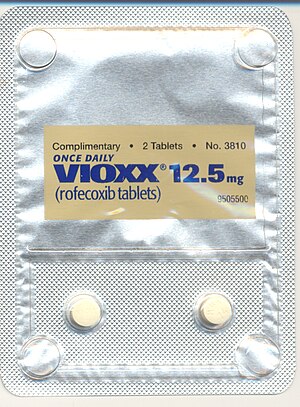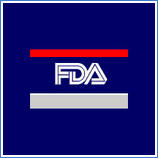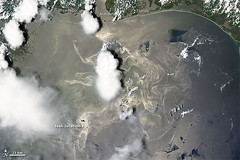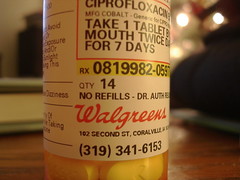 Image by zphone via Flickr
Image by zphone via Flickr
We've been answering questions by phone and email about what to do and how to make a claim regarding the Oil Spill:
Question: What legal options are available to individuals or businesses that are damaged by the oil spill in the Gulf of Mexico?
Answer: There are two main avenues to recover monetary damages: through traditional state-law causes of action, such as negligence; and through the federal Oil Pollution Act of 1990 (“OPA”). Generally, unless oil physically makes contact with you or property, federal law limits claims for economic damages and requires them to be filed under OPA.
Question: What kind of claims can be made pursuant to OPA?
Answer: Under OPA, claims may be filed for a broad spectrum of economic damages, including lost profits and earning capacity, oil cleanup costs, and damage to property.
Question: What do I have to do to file an OPA claim?
Answer: The filing of an OPA claim is a multi-step process. Prior to filing suit under OPA, the claimant must comply with certain procedural requirements. The claimant must first present his/her/its claim to the responsible party as designated by the federal government, BP in this situation. The responsible party then has ninety (90) days to process the claim and either settle the claim or deny it. If there no settlement by the conclusion of the 90 days, then the claimant has the option to file a lawsuit or to file a claim with the Oil Spill Liability Trust Fund.
Question
If I make a claim pursuant to OPA, does that mean that I am going to receive the full amount of the damages claimed?
Answer
The existence of the OPA does not guarantee that any person can be compensated for all economic losses. There are important risks inherent in the OPA scheme that may prevent a full recovery. Some of these include:
• The value of the claim is initially evaluated by the responsible party, which may undervalue the claim or deny it entirely. BP has promised to pay “legitimate” claims but has not yet given guidelines for what that means. If a lawsuit must be filed, there is a risk that a court would not agree with the valuation and the lawsuit could be partially or completely lost.
• It may take a very long time to resolve the claim, particularly if a lawsuit must be filed and protracted litigation begins. Some claimants are still awaiting full payment from the Exxon Valdez disaster in 1989.
• There is a risk that BP or other responsible parties will run out of money to pay claims, enter bankruptcy, or otherwise be unable to satisfy all damages. If litigation is needed, this risk increases.
• There is a cap on each responsible party’s total liability pursuant to OPA. For BP, the cap is $75 million plus clean-up costs, and there is an as-yet undetermined amount for other parties. These limits apply to the total value of all claims to be paid out by the responsible parties, meaning that, for example, BP’s $75 million might be divided up among all claimants in the Gulf of Mexico (or might be fully disbursed before claims can be filed).
Fortunately, the cap can be lifted if gross negligence or a violation of an applicable federal regulation can be shown. Also, although this has not yet been confirmed in writing, BP has indicated that it will not assert the cap as a defense to paying its full share of damages. However, these statements are not binding.
• All lawsuits must be filed within three (3) years of the incident.
Question
Is OPA the only basis for recovery of damages caused by the oil spill?
Answer
In the event that oil comes into contact with property, state-law causes of action may assist in recovering damages. These causes of action could apply in addition to damages provided under OPA. Consequently, in addition to the remedies provided under OPA, there may be other ways to recover.
This is a just an overview. Please, use common sense and talk to a lawyer if you feel like one would be able to help.
 Image via Wikipedia
Image via Wikipedia


























![Reblog this post [with Zemanta]](http://img.zemanta.com/reblog_e.png?x-id=3625cdad-d692-4f00-9b3b-1788f2afe9b7)

![Reblog this post [with Zemanta]](http://img.zemanta.com/reblog_e.png?x-id=44c7e279-d5da-441f-a728-2a754b93e030)

![Reblog this post [with Zemanta]](http://img.zemanta.com/reblog_e.png?x-id=052c80a6-1e47-4d04-b7e0-364a928078bc)

![Reblog this post [with Zemanta]](http://img.zemanta.com/reblog_e.png?x-id=87570337-7ba3-419e-9544-c8079d3b5ba5)

![Reblog this post [with Zemanta]](http://img.zemanta.com/reblog_e.png?x-id=c31f9c3e-f04a-4178-b80c-9a999dd31acc)
![Reblog this post [with Zemanta]](http://img.zemanta.com/reblog_e.png?x-id=cd2f5daf-f53b-4176-afd1-ec850bedad72)